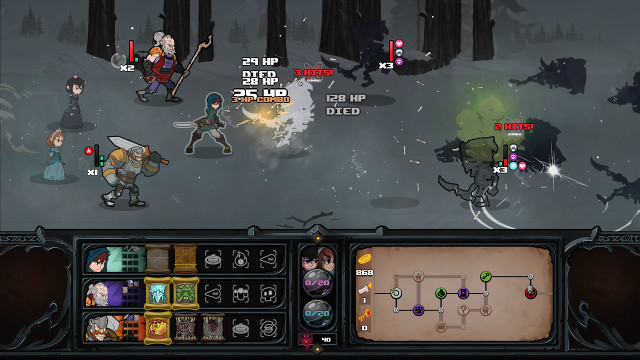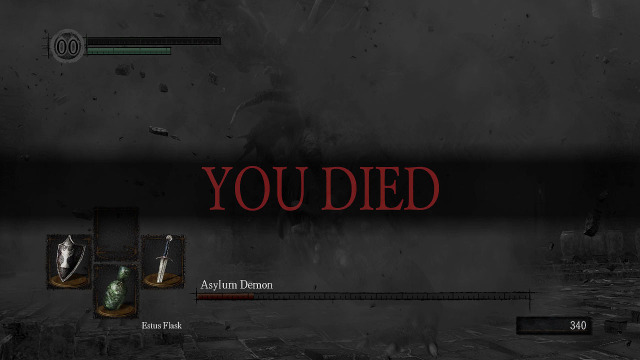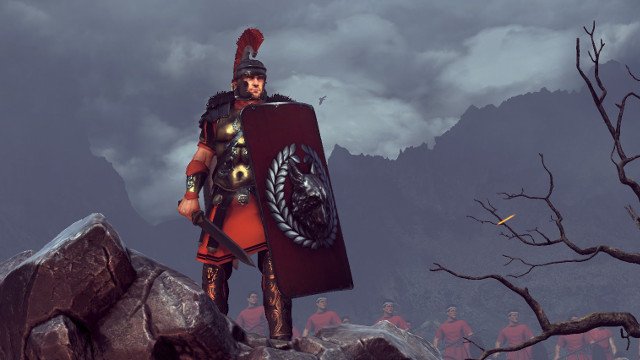Striking a balance between accessibility and difficulty is one of the greatest challenges that strategy developers face when designing a game. Lean too hard either way and you compromise the size of the audience that your game appeals to.
Most developers want their game in the hands of as many players as possible, not only because they want to share their work with a large audience, but their livelihood depends upon it. While a steep difficulty can limit a title’s popularity, sometimes game creators believe their game needs to be challenging to meet its vision. In virtually all cases, a conversation about difficulty, and what target demographics might get excluded in the process, happens at least once during the development process.
When it comes down to it, difficulty is a choice, but it’s one with significant ramifications. On the path to achieving a happy medium, developers often listen to player feedback while creating fair and consistent rules.
“We were aware that we were making a difficult game,” said Frozenbyte marketing manager Kai Tuovian, one of the team members behind Has Been Heroes. “We knew the divide was coming.”

The team at Frozenbyte wanted a challenging game and they knew that came with a cost. “There is a group of people that understand it, if you tone it down it’s not the same game,” said Tuovian. “If you make it to easy than the other crowd won’t like the game”
Sometimes this balance comes down to more than just difficulty, it can end up being a decision between being more successful and creating the game you originally envisioned. No matter the case, that’s a sacrifice.
“We accepted that and made the game we wanted to make,” said Matthew Davis, a creator of FTL. “Our company name, Subset games, is designed to mean that we make games that are meant for a subset of gamers”.
FTL started out as a personal project for Davis and his partner-in-development Justin Ma, eventually turning into a commercial success after Kickstarter backers gave the duo a big financial boost. “We did intend for it to be difficult from the beginning, you would die often and learn from those deaths,” Davis said.

But often times balance isn’t left alone once the game is out. The biggest indicator of how well calibrated and enjoyable a game’s difficulty is comes from the players who experience it first hand “The difficulty was a wall for a lot of players, one of the biggest requests was for an easier mode,” Davis said.
There wasn’t a whole lot that the development duo could do beforehand to prevent a reaction like that. “It was hard to balance for other people, there are a thousand ways you can micromanage it,” David said. “We had to balance it to our own skills.”
“You can have a large beta test and still have thousands of ways it’ll differ in the public.”
Developers have to be careful with an initial reaction to their game, especially for a rogue-like such as Has Been Heroes or FTL since reviewers may fault the game for its difficulty if they don’t have the time to fully engage with it.

Often times developers need to wait a few months after release to gauge player response before deciding what changes to include, especially if they think the game needs a major overhaul with its difficulty.
Outside of responding to feedback from the community, the clearest way to have players accept a high level of difficulty is to create a consistent set of rules that players can catch on to as they play.
“When you’ve been playing the game for tons of hours, you’ll start to learn each time you die,” Tuovian said. “You realize how different mechanics work by failing to use them–by dying.”
Like many other games, Has Been Heroes instructs you about its deep combat system by punishing you. You won’t learn all the different mechanics through a tutorial as that would apparently be too simple.

“You’ll start to see cool interactions with spells,” Tuovian said. “Say one of your guys gets frozen, you can cast fire spell on your own guys and do damage but unfreeze them–or if your guy is burning you can cast a water spell.”
Players organically learn all sorts of interactions like the simple ones Tuovian mentioned to more complicated ones, including how backstabbing affects enemies you stun. Every interaction has a rhyme or reason to it, and if you don’t plan for it or react accordingly when it happens, then you’ll die.
It’s a brutal system, but it can be more than worthwhile, unlike some games that simply buff enemy health or reduce your health during higher difficulties, “Sometimes games are difficult for the sake of being difficult,” said Jamie King, a developer on Total War: Arena.
“Playing difficult games can be very rewarding,” said King, “Finally beating that one level that takes you hours to figure out or destroying that boss who just can’t be beat can be extremely fulfilling.”







